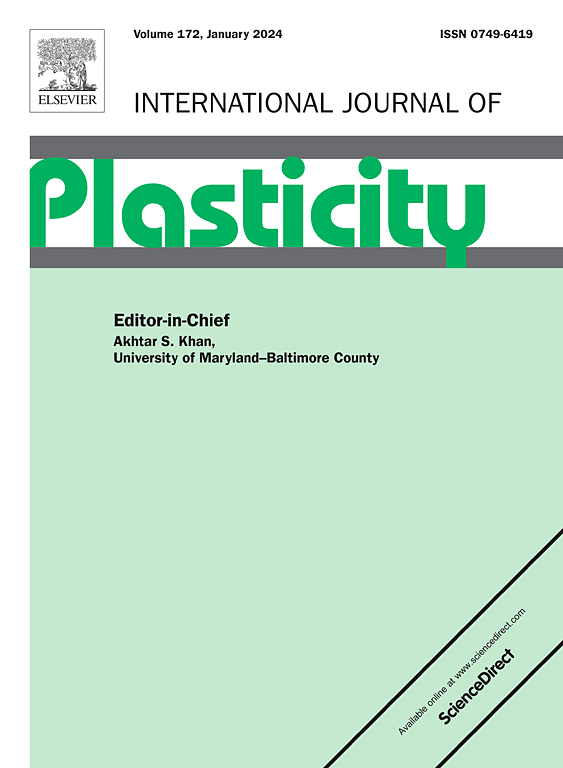Near-α titanium alloy dwell load-induced deformation twinning to coordinate the deformation mechanism associated with crack initiation
Abstract
In this study, we identified a specific phenomenon of coordinated deformation of twins in near-α titanium alloys during dwell fatigue (DF). The main crack source regions and internal cracks in the micro-texture region (MTR) and no-MTR samples with inconsistent orientation characteristics were characterized. The results demonstrate that the main cracks in all specimens are aligned with the (0001) basal plane, which is associated with basal slip. Notably, twins are found and confirmed to be involved in the DF crack initiation process in high Al content near-α Ti60 alloys where deformation twins are rare, and tend to nucleate at the DF basal cracks. Further in-situ dwell investigation reveals and proposes that the dislocation pile-up and prismatic-basal (PB) interfacial features between soft/hard grains lead to deformation twin nucleation and growth from hard grain boundaries. Concurrently, the pyramidal 〈c+a〉 dislocation slip is observed to be in concurrent operation with the induced twins. These findings suggest that deformation twins not only coordinate basal grain deformation but also hinder the initiation and propagation of basal cracks caused by basal 〈a〉 slip. Moreover, a high density of pyramidal 〈c+a〉 dislocations within the twin and their dissociation to form basal stacking faults (SFTs) with a specific nanometric spacing make the twinning process accompanied by significant lattice distortions inside the twin. These newly formed nanotwin boundaries and SFTs act as barriers to dislocation motion, enhancing the strength and DF lifetime of near-α Ti60 alloys and effectively reducing the dwell sensitivity of no-MTR alloys. Our findings extend the understanding of the coordinated roles of dislocation slip, twin nucleation and formation of basal SFTs in near-α titanium alloys in dwell fatigue.

 求助内容:
求助内容: 应助结果提醒方式:
应助结果提醒方式:


